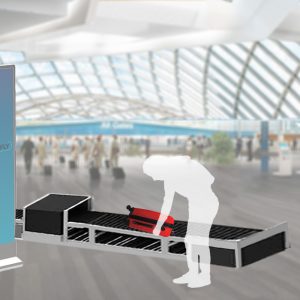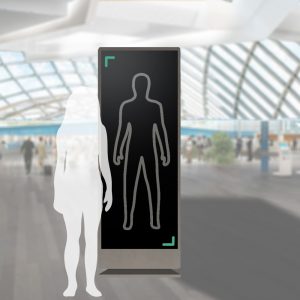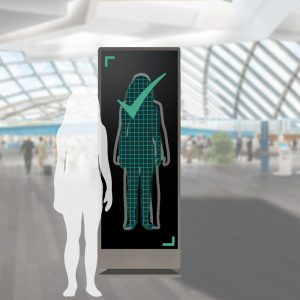Product Name: SimpliFLY
Topic/problem description:
According to a 2015 Ipsos Global Market Research survey, speed and efficiency in the preflight experience are the most important components of the user journey. Primary research showed passengers spend an average of 21-30 minutes to get past airport security in the United States.
The Department of Homeland Security states the TSA deploys more than 2,300 officers trained in behavior detection at airports across the country. In a 2019 Office of Inspector General document, the majority of trained officers do not use their training and instead spend their time doing clerical work (DHS, 2019).
In a 1993 book published by Brian Massumi, The Politics of Everyday Fear, he states that a mindset to prevent an incident that has already happened will only influence the incident to happen again. Controlling the prevention of another terrorist attack by viewing people, bags, and objects as risks, doesn’t allow for someone to clearly see trouble because they are constantly looking to define how that looks.
Primary research showed that 6 out of 17 participants experienced a racial incident or have been racially profiled by security during their check-in process. Additionally, in a 2017 Forbes article, “In 2017, Homeland Security inspectors were able to transport facsimile firearms, explosives and knives through TSA checkpoints an appalling 70% of the time.”
With these factors in mind, how might we design a dynamic security system that creates an efficient and less intrusive experience for all?
Solution:
The TSA is essential in airports across the country. A visible security presence creates order and standard protocols promote passenger safety. However, safety and user experience are compromised in the current airport security system because it’s inefficient, intrusive, and biased.
The solution includes a three step process centered around the passenger. A system redesign that incorporates biometrics technology to verify passenger identities. TSA officers will be free of their clerical duties and be available to put their training to use. A futuristic scanning technology will detect any prohibited items on the user and they will see their scan in real time. Transparency with the passenger can ease any tension and prevent racial profiling by officers.
Changing the way we perceive security at the airport is important to improve the user journey. Instead of enabling a fearful mentality, the redesign creates an easy and approachable method for all.
The final step will allow passengers to collect their carry-on at the gate. Thus encouraging users to take advantage of airport services while they wait for their flight. This futuristic design will prompt a change in airports to implement interactive experiences and useful services for passengers. The goal is to create a new airport experience centered around successful security and a pleasant user journey.





